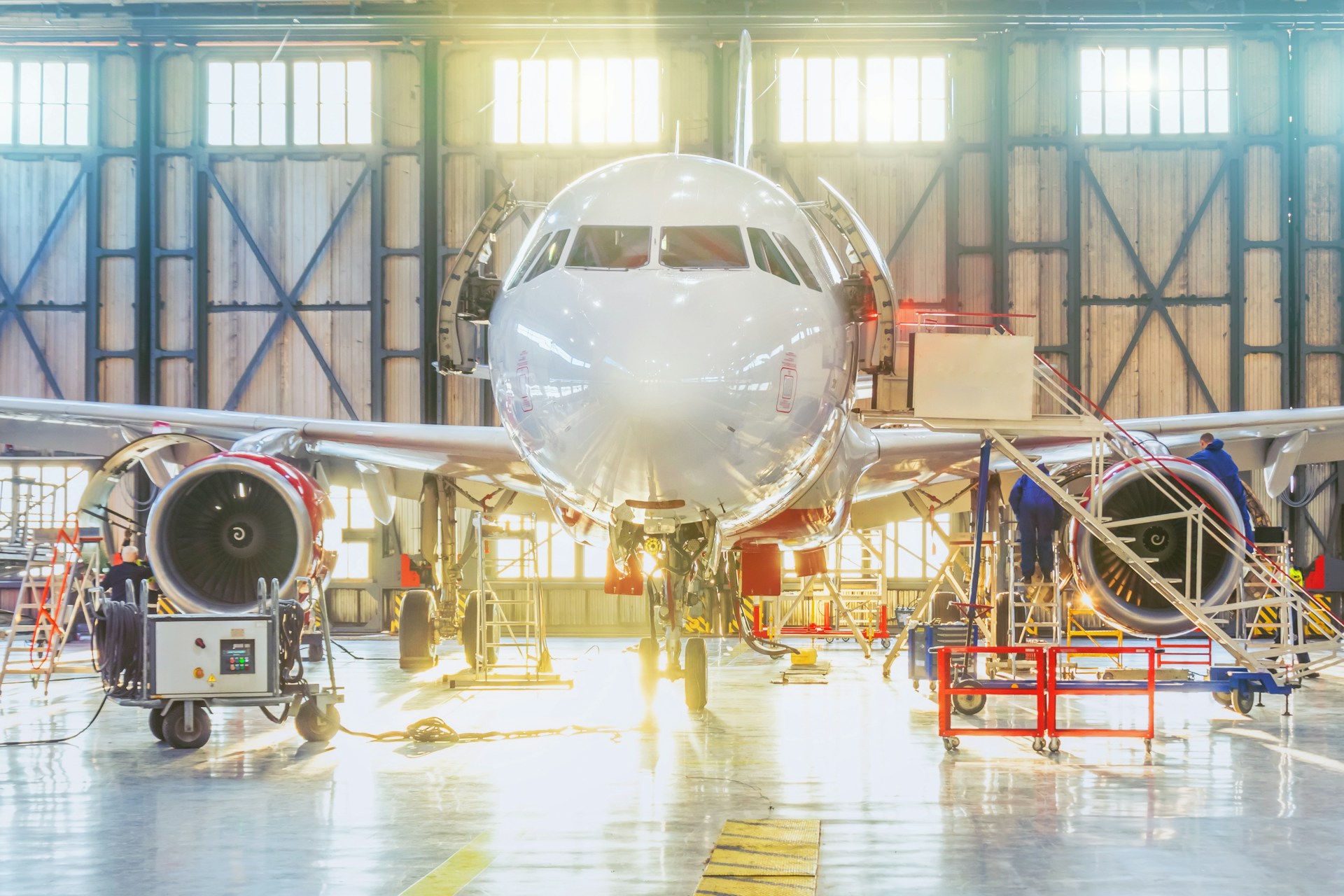The aerospace industry is undergoing a profound transformation, driven by advancements in manufacturing, sustainability, and workforce evolution. Modern technologies such as automation, AI, and additive manufacturing are revolutionizing production processes, making them more efficient and cost-effective. Sustainability has also become a focal point, with companies integrating lightweight materials and alternative propulsion systems to minimize environmental impact.
Simultaneously, as The ProLift Rigging Company notes, supply chain resilience is being supported through localized sourcing and predictive analytics to mitigate global disruptions. Workforce skills are adapting to new technological demands, ensuring employees remain equipped for the industry. Market shifts, including rising demand for fuel-efficient aircraft and private space exploration, are influencing investment strategies and regulatory policies. Looking ahead, the future of aerospace manufacturing will be defined by innovations in propulsion, materials, and automation, setting the stage for a new era of aviation and space travel.
Advancements in Aerospace Manufacturing
The aerospace industry has rapidly evolved, with advanced technologies reshaping how aircraft and spacecraft are designed and built. Automation and robotics have streamlined manufacturing processes, improving precision and efficiency while reducing production time. Digital twin technology has also become a critical tool, allowing engineers to create virtual replicas of physical components to test and refine designs before production.
Additive manufacturing, commonly known as 3D printing, has gained traction in aerospace production. This enables manufacturers to create complex parts with reduced material waste, leading to cost savings and lighter aircraft structures. Companies like Boeing and Airbus have integrated these technologies to enhance performance and sustainability. The adoption of AI-driven optimization in material selection further enhances durability and performance, ensuring that future aircraft remain cost-effective and technologically advanced.
Sustainable Innovations and Materials
The push for sustainability in aerospace manufacturing has led to the widespread adoption of lightweight and eco-friendly materials. Composite materials, such as carbon fiber-reinforced polymers, have become essential in reducing aircraft weight, improving fuel efficiency, and lowering emissions. These advancements align with the industry’s commitment to meeting stricter environmental regulations and achieving carbon neutrality goals.
Manufacturers are also exploring alternative energy sources, including hydrogen-powered engines and electric propulsion systems. Companies like Rolls-Royce and Safran are investing heavily in next-generation propulsion technologies that aim to minimize reliance on fossil fuels. Beyond propulsion, efforts to enhance recycling processes within production facilities are gaining momentum, reducing material waste and optimizing resource utilization. The circular economy approach is being integrated into aerospace manufacturing, ensuring that materials from retired aircraft are repurposed rather than discarded, further enhancing sustainability efforts.
Supply Chain Resilience and Adaptation
Global disruptions have highlighted the vulnerabilities in aerospace supply chains, prompting companies to rethink sourcing strategies and logistics. The industry is turning to localized production and diversified supplier networks to mitigate risks associated with geopolitical tensions and economic fluctuations. Smart supply chains, enhanced by AI-driven analytics, are helping manufacturers predict demand fluctuations and streamline inventory management.
Predictive maintenance and just-in-time manufacturing are being leveraged to optimize efficiency and reduce downtime. Aircraft manufacturers are integrating real-time data tracking to anticipate component needs, ensuring smooth operations despite supply chain challenges. As aerospace companies continue to refine these strategies, the industry is becoming more resilient and adaptable to future uncertainties.
Workforce Skill Development
The aerospace sector is undergoing a shift in workforce demands as automation and AI take on a greater role in manufacturing. Traditional assembly-line jobs are evolving, requiring employees to develop expertise in robotics, data analysis, and digital modeling. Companies are investing in upskilling programs to ensure workers can adapt to these rapid advancements.
Educational institutions and aerospace firms are collaborating to create specialized training programs that align with the industry’s needs. Apprenticeships and certification courses focused on emerging technologies are helping bridge the skills gap, ensuring a steady pipeline of qualified professionals. As job roles continue to grow, a blend of technical proficiency and adaptability will define the future aerospace workforce. In addition, remote collaboration tools and virtual reality training simulations are increasingly being utilized to provide hands-on experience in a highly digitalized manufacturing environment.
Market Trends and Industry Growth
The aerospace industry is experiencing shifting market dynamics, with commercial aviation rebounding and defense spending remaining strong. Increased demand for fuel-efficient aircraft is driving manufacturers to accelerate production while balancing supply chain constraints. Meanwhile, private space exploration is reshaping the industry, with companies like SpaceX and Blue Origin expanding opportunities beyond traditional government-led programs.
Government policies and investments play a critical role in shaping market growth. Incentives for research in advanced manufacturing are pushing the industry toward innovation. As competition intensifies, aerospace firms must navigate evolving regulations while maintaining profitability and technological leadership. Emerging markets in Asia and the Middle East are also becoming key players in aerospace development, creating new opportunities for global expansion and collaboration.
Future of Aerospace Manufacturing
Looking ahead, aerospace manufacturing is poised for groundbreaking advancements in materials, propulsion, and automation. The integration of AI-driven design processes will enable faster development cycles, reducing costs and improving overall efficiency. Hypersonic travel and next-generation space exploration vehicles are also on the horizon, signaling a new era of innovation.
Sustainability will remain at the forefront, with ongoing research into carbon-neutral aviation and closed-loop manufacturing systems. As the industry continues adapting to technological and environmental challenges, the next decade promises to redefine the possibilities of aerospace engineering and production.

